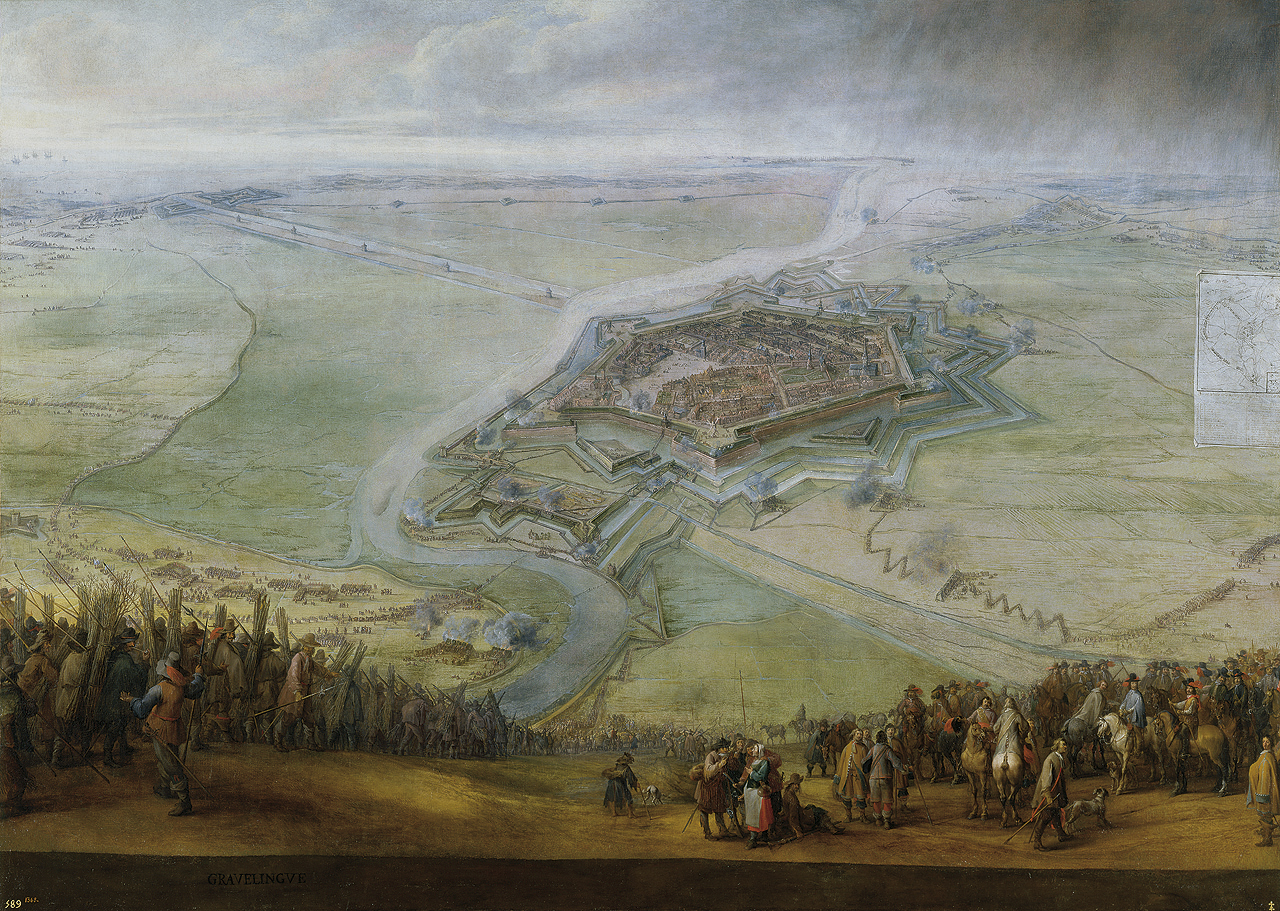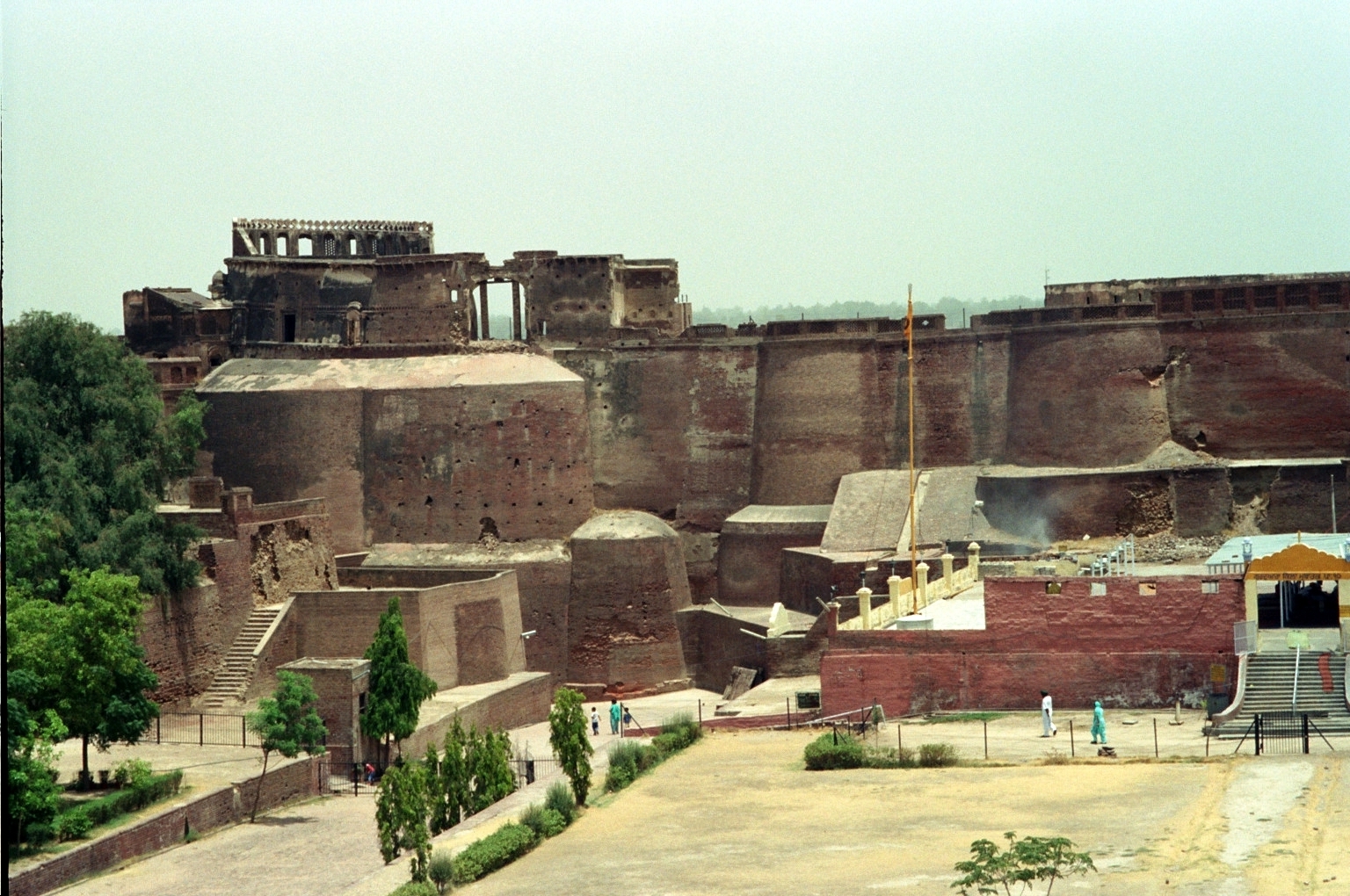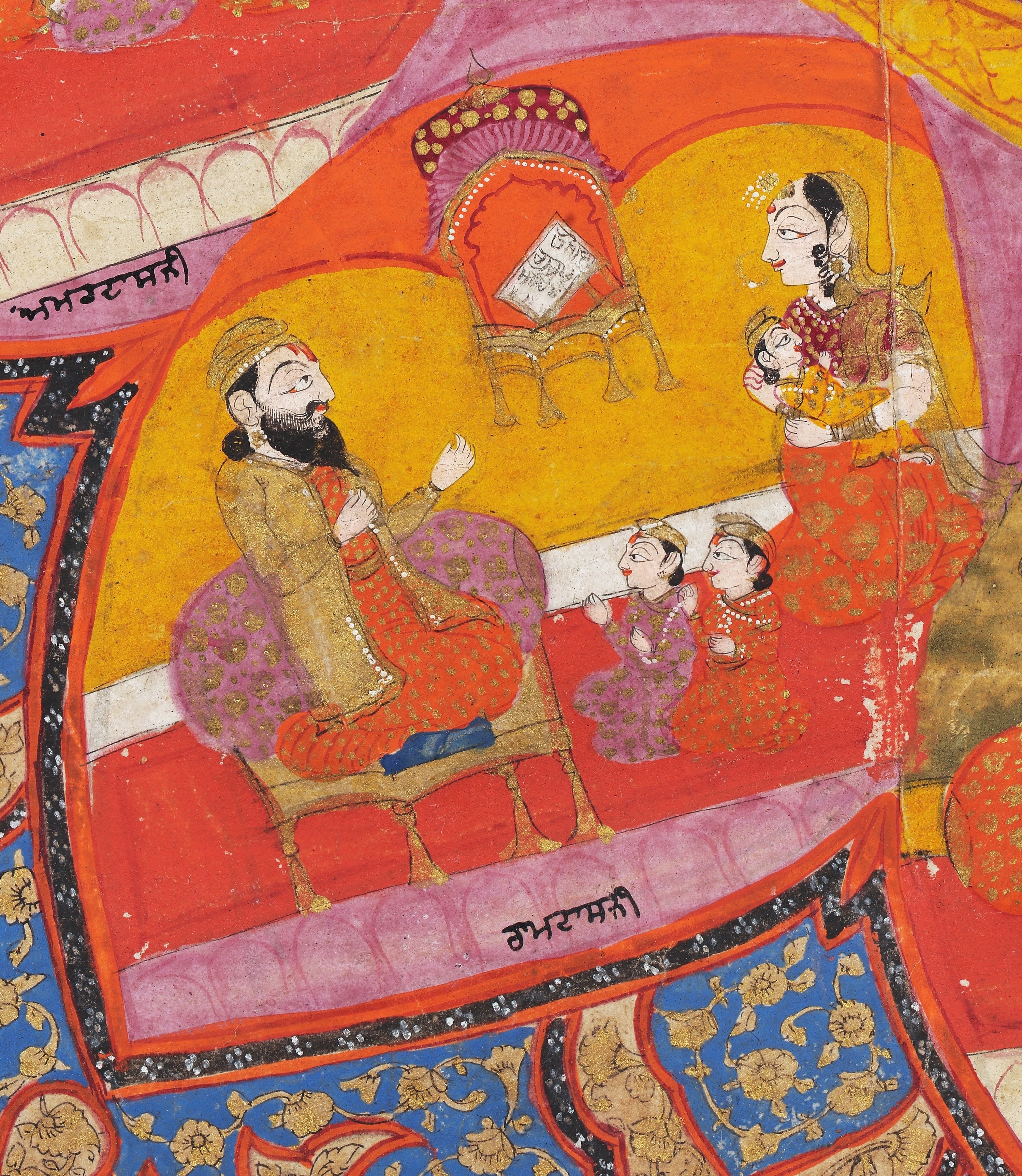|
Prithi Chand
Prithi Chand (Gurmukhi: ਪ੍ਰਿਥੀ ਚੰਦ; 1558–April 1618) was the eldest son of Guru Ram Das – the fourth Guru of Sikhism, and the eldest brother of Guru Arjan – the fifth Guru.Minas, Masands, Dhir Malias, Ram Raiyas Overview of World Religions, PHILTAR, University of Cumbria (2011) He wanted to inherit the Sikh Guruship from his father, who instead favored and appointed his youngest son the 18-year old Arjan Dev as the next Guru. Chand was embittered and notably started one of the major subsects of early Sikhism. This subsect came to be labelled as the '''', literally "unscrupulous scoundrels", by his competition. [...More Info...] [...Related Items...] OR: [Wikipedia] [Google] [Baidu] |
Sikhism
Sikhism (), also known as Sikhi ( pa, ਸਿੱਖੀ ', , from pa, ਸਿੱਖ, lit=disciple', 'seeker', or 'learner, translit=Sikh, label=none),''Sikhism'' (commonly known as ''Sikhī'') originated from the word ''Sikh'', which comes from the Sanskrit root ' meaning "disciple", or ' meaning "instruction". Singh, Khushwant. 2006. ''The Illustrated History of the Sikhs''. Oxford University Press. . p. 15.Kosh, Gur Shabad Ratnakar Mahan. https://web.archive.org/web/20050318143533/http://www.ik13.com/online_library.htm is an Indian religion that originated in the Punjab region of the Indian subcontinent,"Hinduism, Buddhism, Jainism and Sikh originated in India." around the end of the 15th century CE. It is the most recently founded major organized faith and stands at fifth-largest worldwide, with about 25–30 million adherents (known as Sikhs) .McLeod, William Hewat. 2019 998 Sikhism developed from the spiritual teachings of Guru Nanak (1469–1539), the faith's first gu ... [...More Info...] [...Related Items...] OR: [Wikipedia] [Google] [Baidu] |
Adi Granth
The Guru Granth Sahib ( pa, ਗੁਰੂ ਗ੍ਰੰਥ ਸਾਹਿਬ, ) is the central holy religious scripture of Sikhism, regarded by Sikhs as the final, sovereign and eternal Guru following the lineage of the ten human gurus of the religion. The Adi Granth ( pa, ਆਦਿ ਗ੍ਰੰਥ), its first rendition, was compiled by the fifth guru, Guru Arjan (1564–1606). Its compilation was completed on 29 August 1604 and first installed inside Golden Temple in Amritsar on 1 September 1604. Baba Buddha was appointed the first Granthi of the Golden Temple. Shortly afterwards Guru Hargobind added Ramkali Ki Vaar. Later, Guru Gobind Singh, the tenth Sikh guru, added hymns of Guru Tegh Bahadur to the Adi Granth and affirmed the text as his successor. This second rendition became known as the Guru Granth Sahib and is also sometimes referred to as the Adi Granth. [...More Info...] [...Related Items...] OR: [Wikipedia] [Google] [Baidu] |
1618 Deaths
Events January–June * February 26 – Osman II deposes his uncle Mustafa I as Ottoman sultan (until 1622). * March 8 – Johannes Kepler discovers the third law of planetary motion (after some initial calculations, he soon rejects the idea, but on May 15 confirms the discovery). * April 21 – Spanish-born Jesuit missionary Pedro Páez becomes (probably) the first European to see and describe the source of the Blue Nile in Ethiopia. * May 23 – The Second Defenestration of Prague – Protestant noblemen hold a mock trial, and throw two direct representatives of Ferdinand II of Germany (Imperial Governors) and their scribe out of a window into a pile of manure, exacerbating a low-key rebellion into the Bohemian Revolt (1618–1621), precipitating the Thirty Years' War into armed conflict, and further polarizing Europe on religious grounds. * June 14 – Joris Veseler prints the first Dutch newspaper '' Courante uyt Italien, Duytslandt, &c. ... [...More Info...] [...Related Items...] OR: [Wikipedia] [Google] [Baidu] |
1558 Births
__NOTOC__ Year 1558 ( MDLVIII) was a common year starting on Saturday (link will display the full calendar) of the Julian calendar. Events January–June * January 7 – French troops, led by Francis, Duke of Guise, take Calais, the last continental possession of the Kingdom of England, in the Siege of Calais. * January 22 – The Livonian War begins. * February 2 – The University of Jena is founded in Thuringia, Germany. * February 5 – Arauco War: Pedro de Avendaño, with sixty men, captures Caupolicán (the Mapuche Gran Toqui), who is leading their first revolt against the Spanish Empire (near Antihuala), encamped with a small band of followers. * March 8 – The city of Pori ( sv, Björneborg) was founded by Duke John on the shores of the Gulf of Bothnia. * April 24 – Mary, Queen of Scots, marries Francis, Dauphin of France, at Notre Dame de Paris. July–December * July 13 – Battle of Gravelines: In France, Spanish fo ... [...More Info...] [...Related Items...] OR: [Wikipedia] [Google] [Baidu] |
Sikh Gurus
The Sikh gurus ( Punjabi: ਸਿੱਖ ਗੁਰੂ) are the spiritual masters of Sikhism, who established this religion over the course of about two and a half centuries, beginning in 1469. The year 1469 marks the birth of Guru Nanak, the founder of Sikhism. He was succeeded by nine other human gurus until, in 1708, the '' Guruship'' was finally passed on by the tenth guru to the holy Sikh scripture, Guru Granth Sahib, which is now considered the living Guru by the followers of the Sikh faith. Etymology and definition ''Guru'' (, ; sa, गुरु, Punjabi: ਗੁਰੂ, IAST: ''guru'') is a Sanskrit term for a "teacher, guide, expert, or master" of certain knowledge or field. Bhai Vir Singh, in his dictionary of Guru Granth Sahib describes the term Guru as a combination of two separate units: "Gu;(ਗੁ)" meaning darkness and "Rū;(ਰੂ)" which means light. Hence, Guru is who brings light into darkness or in other words, the one who enlightens. Bhai Vir Singh's defin ... [...More Info...] [...Related Items...] OR: [Wikipedia] [Google] [Baidu] |
Malwa (Punjab)
Malwa is a geographical region in the south of Punjab state in India. It is located between Haryana, Rajasthan, Sutlej and Ghaggar rivers. Districts of Malwa The following districts are classified as Malwa: * Barnala * Bathinda * Faridkot * Fatehgarh Sahib * Fazilka * Firozpur * Ludhiana * Malerkotla * Mansa * Moga * Mohali * Muktsar Sahib * Patiala * Sangrur Parts of these districts also speak Malwai Punjabi, and are considered a part of Malwa * Sirsa * Fatehabad See also * Doaba * Majha * Poadh References * ''Mahankosh'', Bhai Kahn Singh Nabha Kahn Singh Nabha (30 August 1861 – 24 November 1938) was a Punjabi Sikh scholar, writer, anthologist, lexicographer, and encyclopedist. His most influential work, Mahan Kosh, inspired generations of scholars after him. He also played a role i ... {{coord, 30.5000, N, 76.0000, E, source:wikidata, display=title Geography of Punjab, India Landforms of Punjab, India Plains of India Regions of India Regi ... [...More Info...] [...Related Items...] OR: [Wikipedia] [Google] [Baidu] |
Faridkot, Punjab
Faridkot is a city in the South-western part of state of Punjab, India. It serves as the headquarters for both, the Faridkot district. as well as the Faridkot Division. The division was established in 1995 at Faridkot which includes Faridkot, Bathinda and Mansa districts. Etymology The city is named in the honor of Baba Farid, a revered 13th century Sufi saint whose shrine is located in Pakpattan, Pakistan. The town of Faridkot was founded during this century as Mokalhar by Raja Mokalsi, the grandson of Rai Munj, a Bhatti Chief of Bhatnair, Rajasthan. According to a popular folklore, the Raja renamed Mokalhar to Faridkot after Baba Farid paid a visit to the town. It remained the capital during the reign of Mokalsi's son Jairsi and Wairsi. History The historic fort of Quila Mubarak exists since the times of Baba Farid. However, the foundation of the modern city as a princely state was laid in 1763. The city maintained this status under British suzerainty till 1947. Prior to in ... [...More Info...] [...Related Items...] OR: [Wikipedia] [Google] [Baidu] |
Guru Har Sahai
Guru Har Sahai is a city and a municipal council in Ferozepur district in the Indian state of Punjab. Nearby cities are Ferozepur (40 km northeast), Sri Muktsar Sahib (30 km south), Fazilka (65 km southwest), Bathinda (84 km southeast) and Dabwali (104 km south). History The city is named after the Har Sahai (born 1725 - died 1750 CE), who was the eighth generation direct descendant of the fourth Sikh guru, the Guru Ram Das. The ''pothimala buiding'' in 1705 CE and Guru Har Sahai city in 1745 CE were built by Har Sahai's father ''Guru Jiwan Mal'' (born 1694 CE), who was a seventh generation direct descendant of fourth sikh guru, ''Ram Das''. Guru Har Sahai was also the eight Gaddi Nashin (custodian) of the ''pothimala'', i.e. ''pothi'' (holy book) and ''mala'' (rosary), of first guru of Sikhs - the Guru Nanak Dev. The sodhi clan of sikhs consider hereditary appointed direct descendants of fourth sikh guru ''Ram Das Sodhi'' as their guru or spiritual leader. In 2010, Archaeolo ... [...More Info...] [...Related Items...] OR: [Wikipedia] [Google] [Baidu] |
Bathinda
Bathinda is a city and municipal corporation in Punjab, India. The city is the administrative headquarters of Bathinda District. It is located in northwestern India in the Malwa Region, west of the capital city of Chandigarh and is the fifth largest city of Punjab. Bathinda is home to the Maharaja Ranjit Singh Punjab Technical University, Central University of Punjab and AIIMS Bathinda. The city is also home to two modern thermal power plants, Guru Nanak Dev Thermal Plant and Guru Hargobind Thermal Plant at Lehra Mohabbat. Also located in the city is a fertilizer plant, two cement plants (Ambuja Cements and UltraTech Cement Limited), a large army cantonment, an air force station, a zoo, and a historic Qila Mubarak fort. History Bhatinda was changed to Bathinda to conform to the phonetical expression as locally pronounced. According to Henry George Raverty, Bathinda was known as ''Tabar-i-Hind'' (Labb-ut-Twarikh) or ''Tabarhindh'', which roughly translates as ‘Gateway to In ... [...More Info...] [...Related Items...] OR: [Wikipedia] [Google] [Baidu] |
Guru Nanak
Gurū Nānak (15 April 1469 – 22 September 1539; Gurmukhi: ਗੁਰੂ ਨਾਨਕ; pronunciation: , ), also referred to as ('father Nānak'), was the founder of Sikhism and is the first of the ten Sikh Gurus. His birth is celebrated worldwide as Guru Nanak Gurpurab on '' Katak Pooranmashi'' ('full-moon of Kattak'), i.e. October–November. Nanak is said to have travelled far and wide across Asia teaching people the message of ''ik onkar'' (), who dwells in every one of his creations and constitutes the eternal Truth. With this concept, he would set up a unique spiritual, social, and political platform based on equality, fraternal love, goodness, and virtue. Nanak's words are registered in the form of 974 poetic hymns, or ''shabda'', in the holy text of Sikhism, the Guru Granth Sahib, with some of the major prayers being the ''Japji Sahib'' (; ''ji'' and ''sahib'' are suffixes signifying respect); the ''Asa di Var'' ('ballad of hope'); and the '' Sidh Gosht'' ('discussi ... [...More Info...] [...Related Items...] OR: [Wikipedia] [Google] [Baidu] |
Mina (Sikhism)
The Mīnās (Gurmukhi: ਮੀਣਾ; ''mīṇā'') were a heretical sect of Sikhs that followed Prithi Chand (1558–April 1618), the eldest son of Guru Ram Das, after his younger brother Guru Arjan was selected by the Guru to succeed him. Prithi Chand would vigorously contest this, attracting a portion of Sikhs to his side who followers of Guru Arjan referred to as ਮੀਣੇ ''mīṇe'', meaning "charlatans," "dissemblers," or "scoundrels." They sustained their opposition to the orthodox line of Gurus through the seventeenth century, and upon Guru Gobind Singh's founding of the Khalsa in 1699, they were declared by him, as well as by Khalsa ''rahitnamas'' (codes of conduct), as one of the ''Panj Mel'', or five reprobate groups, that a Sikh must avoid. They are occasionally referred to in the more neutral terms ''Sikhān dā chhotā mel'' ("those who remained with the true Guru lineage for a short time") or as the ''Miharvān sampraday'' (Gurmukhi: ਮਿਹਰਵਾਨ ਸੰਪ ... [...More Info...] [...Related Items...] OR: [Wikipedia] [Google] [Baidu] |
Guru Hargobind
Gurū Hargobind (Gurmukhi: ਗੁਰੂ ਹਰਿਗੋਬਿੰਦ, pronunciation: l 19 June 1595 – 28 February 1644), revered as the ''sixth Nānak'', was the sixth of ten Gurus of the Sikh religion. He had become Guru at the young age of eleven, after the execution of his father, Guru Arjan, by the Mughal emperor Jahangir.HS Syan (2013), Sikh Militancy in the Seventeenth Century, IB Tauris, , pages 48–55 Guru Hargobind introduced the process of militarization to Sikhism, likely as a response to his father's execution and to protect the Sikh community.Hargobind: Sikh Guru Encyclopedia Britannica, Quote: "Hargobind, sixth Sikh Guru, who developed a strong Sikh army and gave the Sikh religion its military character, in accord with the instructions of his father, Guru Arjan (1563–1606), the first Sikh martyr, who ... [...More Info...] [...Related Items...] OR: [Wikipedia] [Google] [Baidu] |








